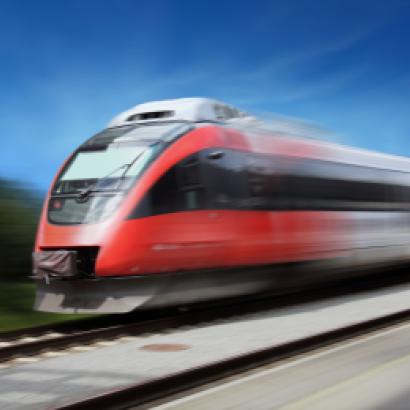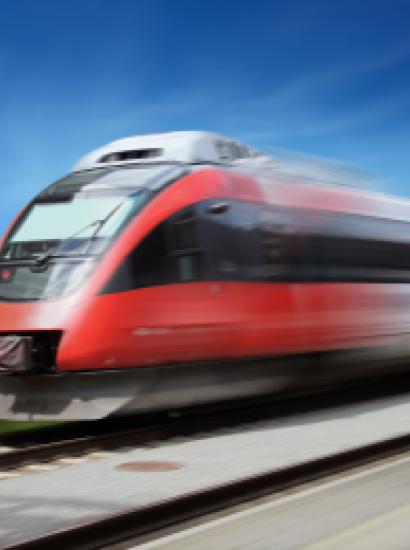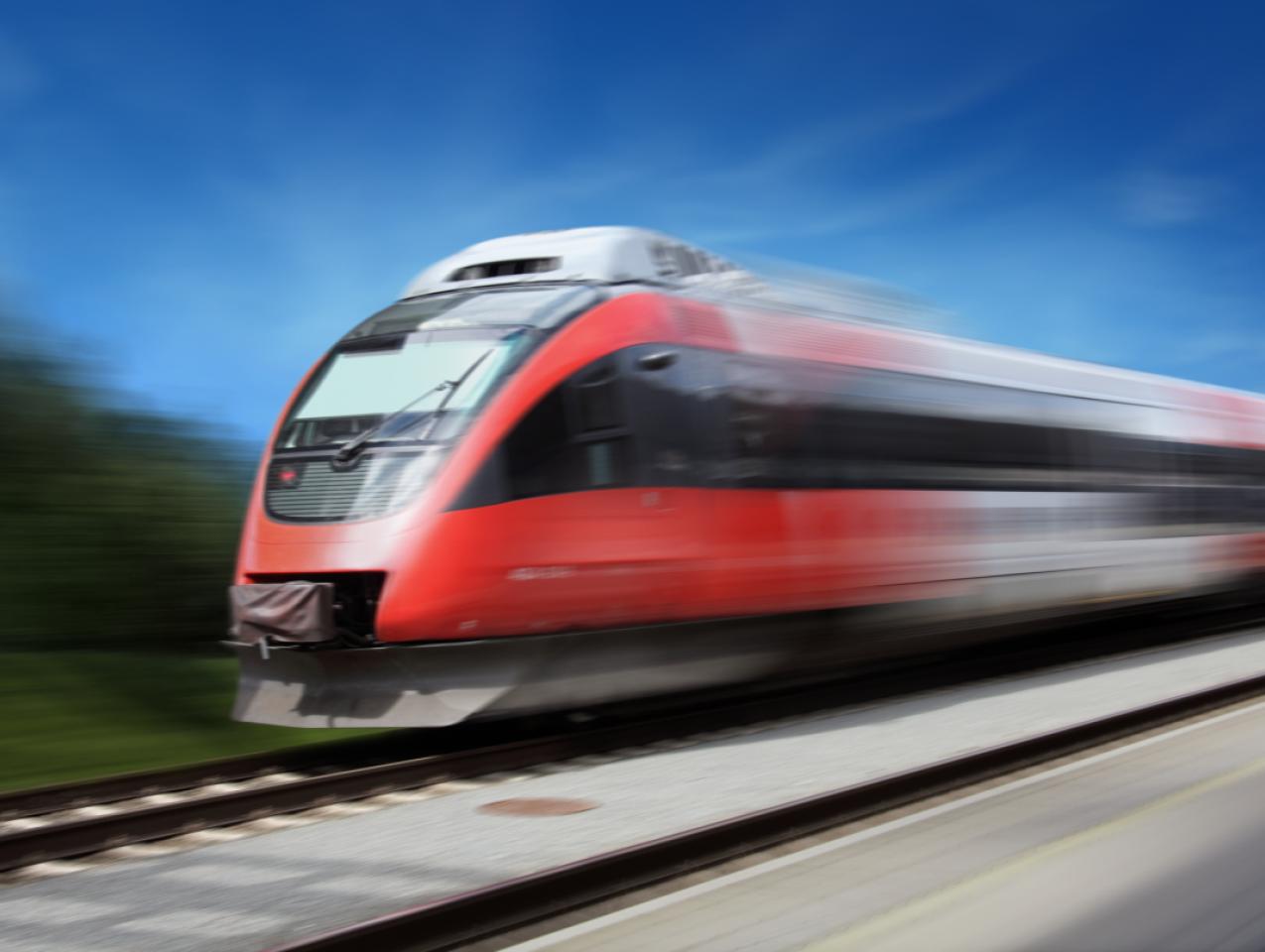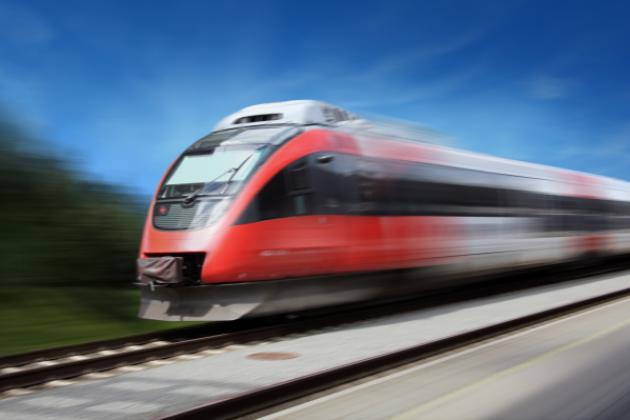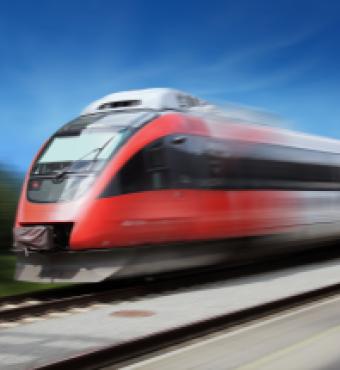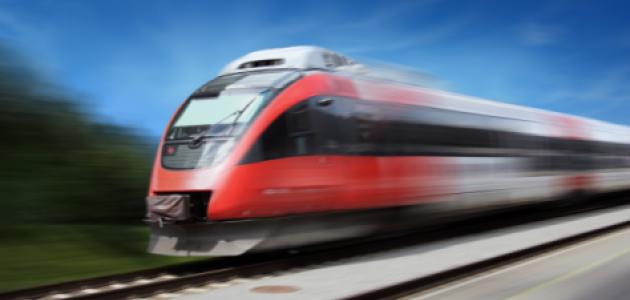I testified recently before the US House of Representatives Transportation Committee about California high-speed rail. I began, “As a Californian, I wish I could say we have made progress. We haven’t. The project is extremely delayed, and its original 2008 budget has increased by a factor of four, to $128 billion.”
The purpose of the hearing was to understand the challenges involved in building high-speed rail and to discuss the allocation of federal funding to rail travel. (My five-minute testimony starts around minute 48 of the video; questions from Congress begin around minute 60).
I framed my testimony around four recommendations for evaluating these projects. The first is to recognize the enormous risks and uncertainties that accompany such projects, which will tend to make them much less attractive than advertised by their proponents. The second is to make use of third-party evaluations, because evaluations made by those developing the project tend to be way too optimistic. The third is understanding why US railway construction costs are so much higher than in other countries so we can build more efficiently. The fourth is acknowledging that the private sector is much better positioned to create high-speed rail, because the private sector is incentivized to make a profit.
I then described how California’s high-speed rail project, which is at least 20 years behind schedule, and roughly $100 billion over budget, illustrates what happens when these four recommendations are not followed. A mistake on steroids.
California’s high-speed rail proposal was doomed from its 2008 beginning, because politicians pushed a project onto voters that was nowhere near ready, one that was far too optimistic in its assumptions, and with a business plan that completely punted on the project’s enormous risks.
California’s Legislative Analyst’s Office (LAO), a nonpartisan state agency that advises the legislature on budget policies, found that the project’s 2008 business plan was grossly deficient. The plan was required by law to have been provided to the California Senate before Californians voted on a $9.95 billion bond initiative as seed money for the project, but it was not submitted to the Senate until after ballots were cast.
The LAO identified several fundamental omissions, including overlooking the capacity of the trains, how project funding would be provided, how forecasts for ridership were made, the project’s break-even operating point, how costs would be allocated, expected dates for various environmental approvals, and the identification of project risks and risk mitigation. If this were a private venture looking for backers, any one of these omissions would have been a deal-breaker.
The California High-Speed Rail Authority had 12 years to put together a complete business plan before voters approved the bond issue. The fact that they didn’t suggests that they couldn’t. Pushing such a project onto voters, who approved the $9.95 billion bond assuming the project was fully vetted, was unacceptable and is something that has never been owned by anyone in state government. And it never will be owned.
California’s project should not have been pursued. It was too big, with far too many uncertainties and risks, and with too many forecasts about completion dates, benefits, and costs that were optimistic assumptions—made by those with a self-interest in the project—rather than predictions based on best scientific practices and an acknowledgment that the project was, and continues to be, incredibly risky.
An important lesson from California’s experience is that the large uncertainties and risks of a project need to be built into contingency plans. It is also critical to understand how projects are discounted regarding present-value calculations, using a discount rate—the interest rate used to value costs and benefits that arise in the future—that is realistic. This is not being done. The most recent cost-benefit analysis of California high-speed rail uses a 7 percent discount rate, which is far too low given its enormous riskiness and the current interest rate environment, in which recent yields on high-quality corporate bonds, including those of Apple, Amazon, and Microsoft, have recently exceeded 5 percent. I suspect that a realistic discount rate would mean that the project would not pencil out, even with the rail authority’s overly optimistic assumptions.
The railway authority’s optimistic assumptions are a major problem with California’s project. The cost has increased from a projected $33 billion to $128 billion. The Los Angeles to San Francisco route was projected to be completed by 2020; the rail authority is now projecting a 2040 completion date. These major errors reflect having project advocates make the evaluation. Third-party analyses can provide an important check on such overly optimistic assessments. There were several evaluations of the project around the time of the bond vote that expressed significant concerns. These included a detailed study by the Reason Foundation. The Reason study identified overly optimistic ridership projections, underestimated cost projections, an overestimated project impact on greenhouse gas emissions, overstated average travel speeds, and overestimated profitability.
The Reason study discussed how the rail’s original business plan assumed that ridership intensity would substantially exceed that in Japan and Europe, countries that make far greater use of rapid transit than the United States, which have less auto ownership, and which have more densely populated cities. The ridership estimate for California’s project was patently unreasonable yet was a key part of the business plan, and it was apparently accepted by all in state government.
The Reason study also noted the futility of justifying high-speed rail based on reducing greenhouse gas emissions, as originally advertised by rail advocates. Greenhouse gases are a global issue. China is the leading CO2-emitting country, now contributing about 30 percent of the global total. But California contributes less than 1 percent. There is virtually nothing that California can do to move the carbon emissions needle. The Reason study calculated that if high-speed rail were to be implemented, it would reduce global carbon emissions by less than 1/50 of 1 percent.
Independent, third-party analyses are important checks, yet such analyses in 2008 that raised concerns about the project were largely dismissed. It is critical that qualified experts who express concerns about such projects be given due consideration. Otherwise, we will see more California-style rail failures.
California’s ballooning costs for high-speed rail, which are now $128 billion, reflect the bigger issue that building railways in the United States is much more expensive than in peer countries, including Germany, France, Spain, and South Korea. Understanding why US costs are so much higher is the first order of business so that we can determine how to build railways more efficiently.
In 2021, Transportation Secretary Pete Buttigieg agreed that our rail construction costs are very high but did not provide an explanation as to why. Instead, he answered by stating that we need to study this issue further. But nearly three years later, we still don’t have an answer, and the Biden administration is pushing forward with railway projects that could be built with far lower costs if we just took the time to figure this out.
I closed by stating that privately operated high-speed rail appears to be a much better bet than public-sector projects, because the private sector needs to make a profit. This means private companies will pick routes with significant demand, and they will build it efficiently. I noted that privately built high-speed rail from Southern California to Las Vegas, which is scheduled to break ground in early 2024, is expected to take less than four years to build and looks to be constructed at a 64 percent cost savings compared with California’s Bakersfield–Merced route. Bakersfield–Merced will cost $35 billion, perhaps more, and probably won’t be ready for another 10 years, if ever.
Just think how much good $35 billion could do for California’s Central Valley if it were allocated to the most important needs of those communities. Instead, 25 years after California voters were hoodwinked, there may be a train between two cities that have no legitimate need for a fast train. Auto travel takes less than 2.5 hours, door to door. High-speed rail, including stops, travel time to and from stations, and waiting time for a taxi or rideshare, will take close to two hours, and it will be expensive if there is any expectation that the train covers its costs.
There will be little if any demand for this route, apart from train enthusiasts, unless the train has very convenient departure and return times, travelers don’t need to use a car in their destination cities, and the cost is heavily subsidized. It is hard to believe just how wrong California’s high-speed rail has gone in the last 15 years. And it will likely get worse if policymakers continue to throw money at it.








